Q&A With CVM Chairs and Directors: Leading by Example
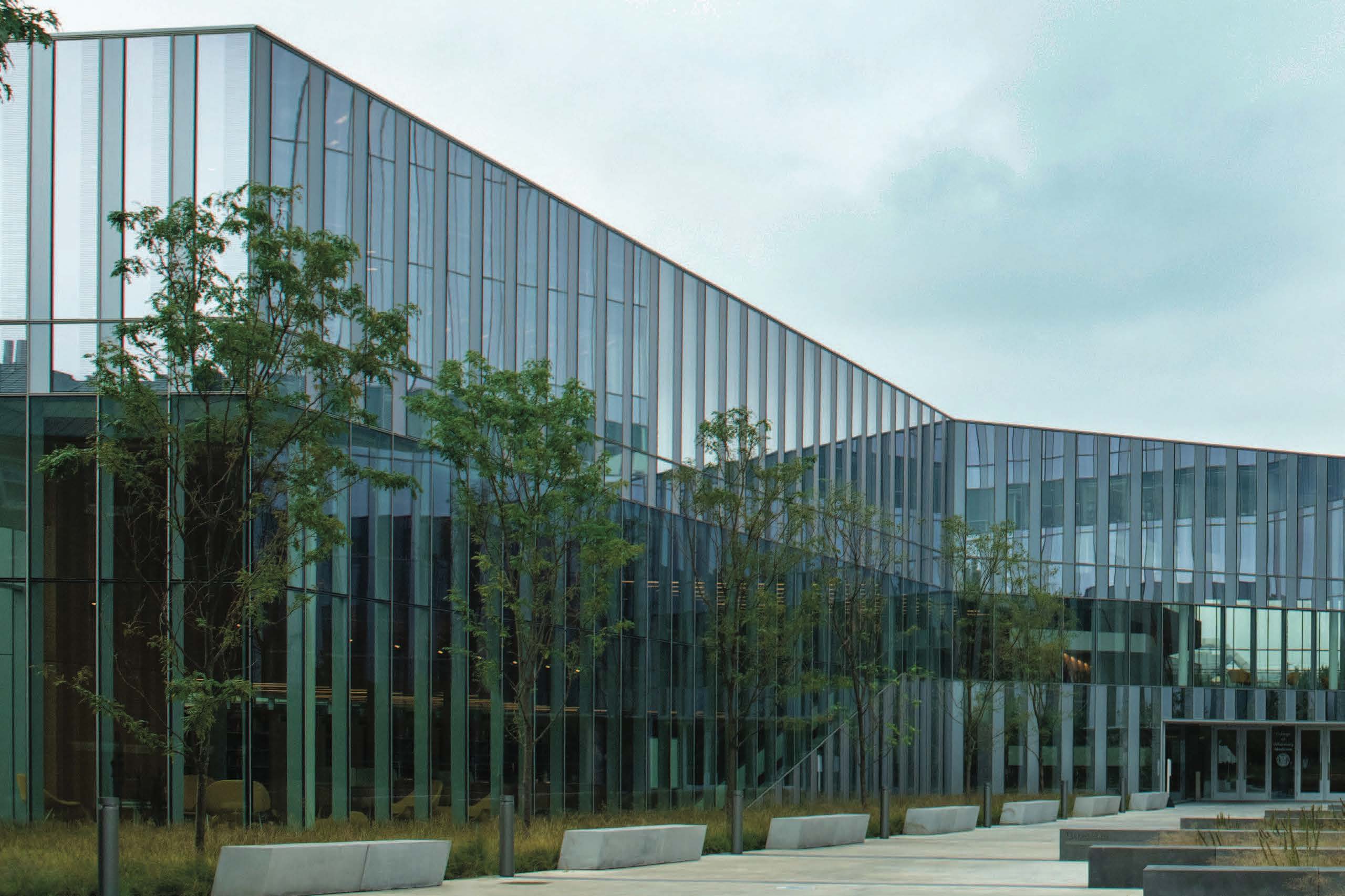
The academic life of an institution depends on the integrity of its research and the vibrancy of its instruction. These foundations at the College of Veterinary Medicine are built and strengthened by our academic department chairs and directors. Much of the work done by these leaders, however, is accomplished behind the scenes.
In the following Q&A, we shine a light on their efforts and all they do to keep the college at the forefront of research, instruction and clinical care.
Biomedical Sciences
Dr. Paul Soloway '79
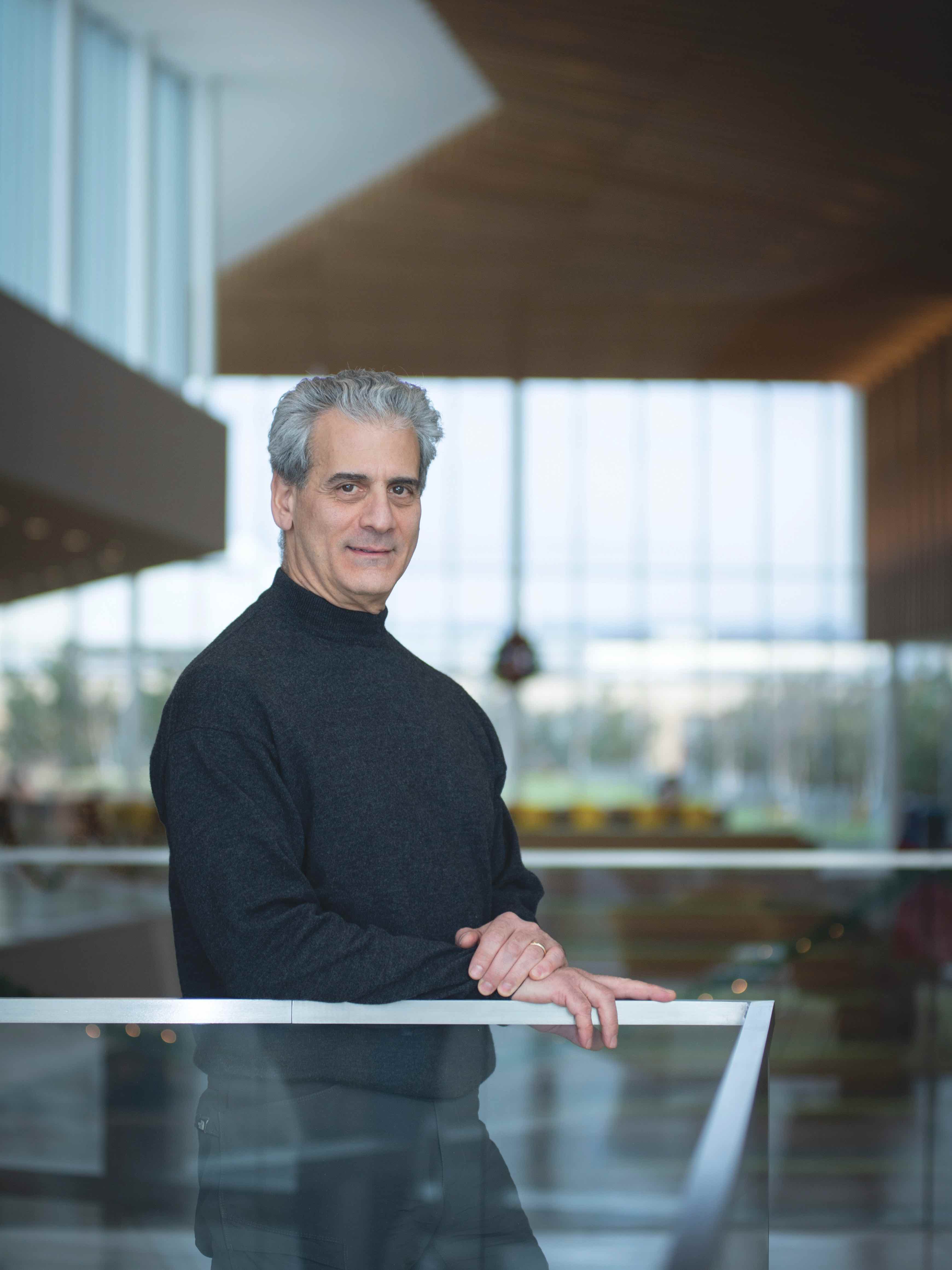
How long have you served as chair of your department?
17 months
What are your department’s biggest strengths? What is it known for?
We have strengths in each of our three mission areas: research, anatomic pathology and teaching. Departmental research includes labs with active programs in reproductive biology, cancer biology, metabolism, neurobiology and cardiovascular biology. The various labs apply tools from genetics, genomics, physiology and cell biology to their research efforts.
The anatomic pathology faculty handle a very broad range of surgical biopsy and necropsy cases from many species, and also have special expertise in skin, liver, neurologic and forensic pathology.
Our teaching faculty lead two major foundational courses taken by veterinary students early in their curriculum, including anatomy (Block I) and physiology (Block III), and many faculty also make important contributions to other components of the veterinary curriculum.
Additionally, the Department of Biomedical Sciences is responsible for the undergraduate curriculum in the animal physiology program of study within the biology major.
What are some of the most exciting/impactful discoveries or changes you’ve seen in your time with the Department of Biomedical Sciences?
The increasing use of genomic approaches by different research programs has been particularly exciting to me, but I may be biased. My excitement about this might be due to my own research interests, which rely on applying genomic analyses to thousands of single cells in order to understand the variation in cellular composition of tissues, the genomic programs those distinct cell types implement and how they are affected by different health and disease states.
What are your biggest tasks as department chair? Which ones keep you motivated?
I devote a lot of attention to understanding the needs and priorities of staff, students and faculty in the department. They are an incredibly talented and effective group, and my goal is to enable their ongoing success, and minimize barriers that get in their way.
What changes are on the horizon for your department?
Genome biology is one of the radical collaboration initiatives that have been advanced by the provost. The department is hoping to recruit new faculty who align with the initiative.
Molecular Medicine
Dr. Maurine Linder
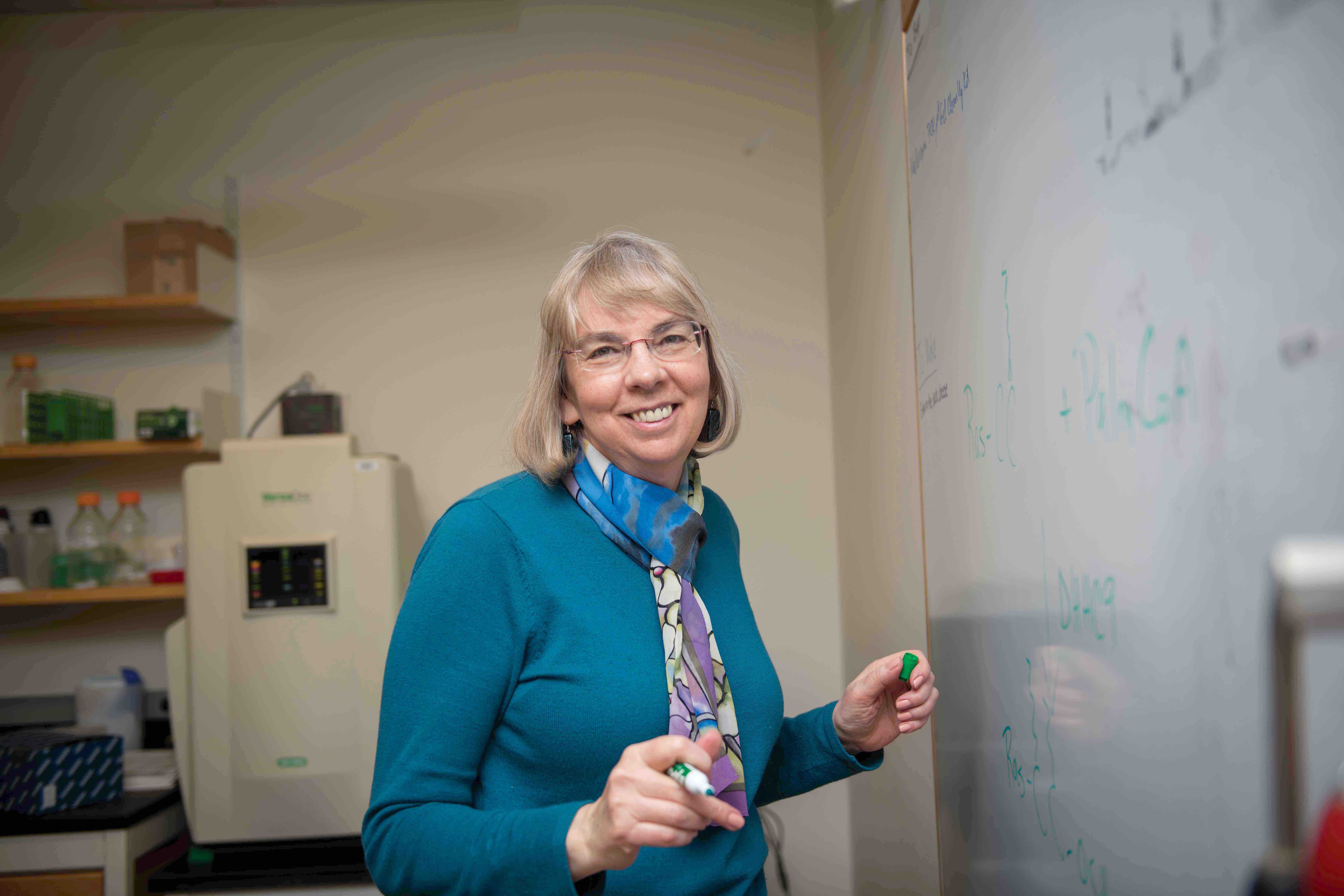
How long have you served as chair of your department?
Over 10 years — I was appointed July 1, 2009, having been recruited from Washington University School of Medicine, where I was a professor in the Department of Cell Biology and Physiology.
What are your department’s biggest strengths? What is it known for?
We are unusual among veterinary college departments in having a significant emphasis on biophysics and structural biology. These approaches provide insight into the workings of molecular machines that cells use to respond to signals from the environment and provide the necessary detail to enable rational drug design.
Molecular medicine is at the extreme end of the small animal scale, in that we use worms, mice and chicks as model systems for discovery-based science that addresses questions relevant to animal and human health. Research topics include organ development and regeneration, cancer cell biology, intracellular trafficking and cell signaling pathways from bacteria to the brain.
What are some of the most exciting/impactful discoveries or changes you’ve seen in your time with the Department of Molecular Medicine?
The biggest change in the department has come through the recruitment of six terrific early-career faculty. These talented scientists have brought energy and enthusiasm, and I am particularly proud of their having successfully met the challenge of teaching in the veterinary curriculum on subjects that are often outside their comfort zone.
It’s hard to choose among the many exciting discoveries, but here are a few highlights: Research on gut development has led to a paradigm-changing model of how intestinal lymphatics develop. Studies of cancer cell glutamine metabolism identified a new “druggable” target for a subtype of breast cancer. Signal transduction pathways that regulate bacterial biofilm formation have been uncovered and atomic-level structures of a receptor-G protein complex revealed the molecular basis of vision.
What are your biggest tasks as department chair? Which ones keep you motivated?
Initially, faculty recruitment was the biggest task. Mentorship and professional development of faculty and trainees has been and continues to be the highest priority. Although personnel issues can often be challenging, there’s no doubt that facilitating a path to success for the people in my department is by far the most rewarding aspect of the job, one made easier by the support of an outstanding staff.
What changes are on the horizon for your department?
A number of labs are exploiting cryo-electron microscopy to visualize proteins and protein complexes, structures that were intractable by traditional approaches. New lines of investigation by the cell biologists include stem cell responses to injury, intercellular communication by microvesicles and cellular responses to oxidative stress — basic research that is essential for understanding normal cellular function and how it goes awry in disease.
Microbiology & Immunology
Dr. Theodore Clark
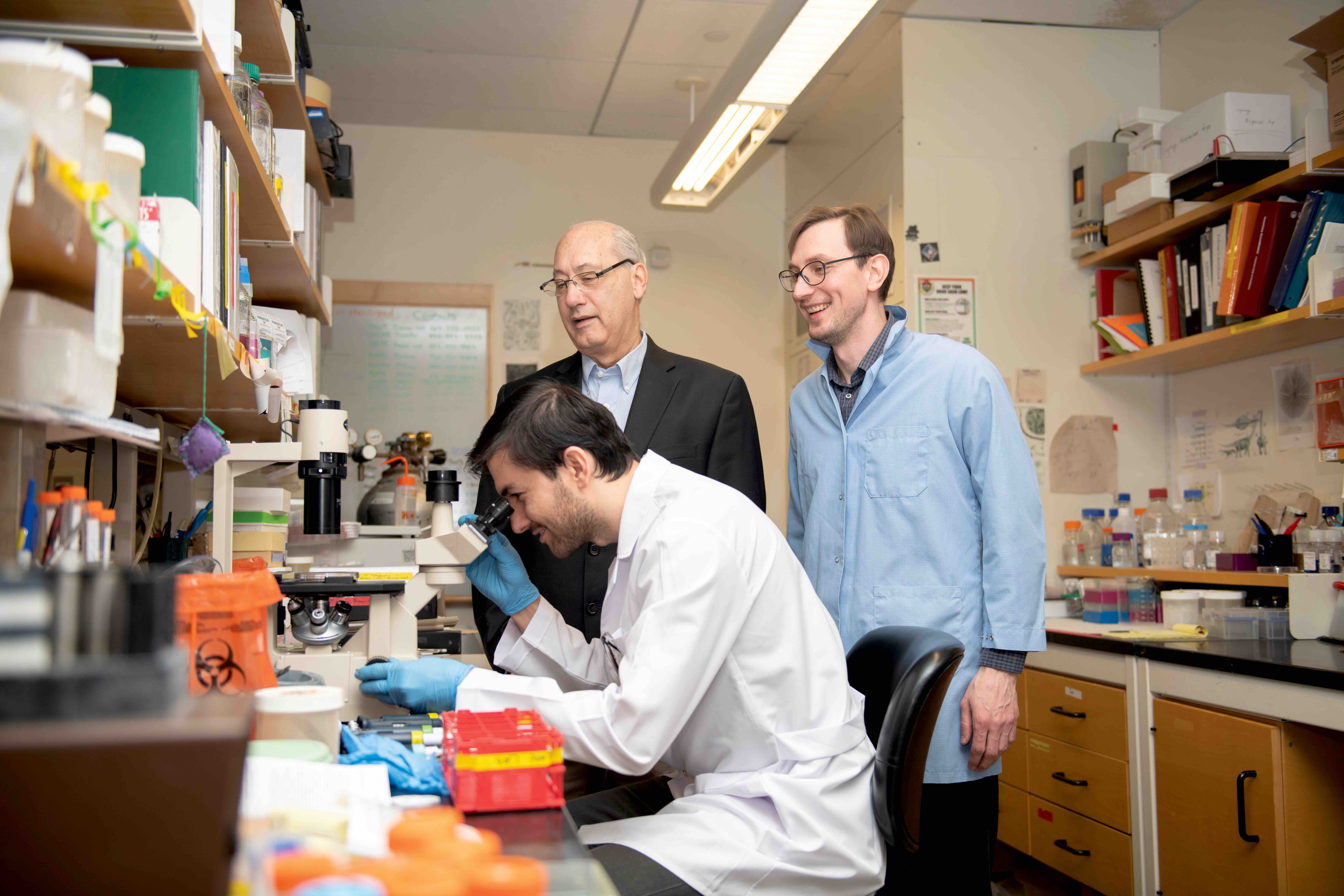
How long have you served as chair of your department?
One year.
What are your department’s biggest strengths? What is it known for?
The research we do in combating some of the world’s most deadly pathogens, including those responsible for tuberculosis, food-poisoning and flu, along with pioneering discoveries on how the immune system works to protect humans and animals against disease.
What are some of the most exciting/impactful discoveries or changes you’ve seen in your time with the Department of Microbiology & Immunology?
The speed at which younger faculty members have established themselves as leaders in their fields through successful grant applications and publications in world-class journals.
Their success mirrors discoveries in a host of fields, including drug discovery, the host microbiome, vaccine development and how the immune system can be harnessed to prevent infectious disease.
What are your biggest tasks as department chair? Which ones keep you motivated?
Aside from keeping everyone happy, my biggest task is helping the faculty reach consensus around competing needs for resources and space within the department and beyond and ensuring that our overall responsibilities for teaching and service are equitably shared. The one that keeps me most motivated is helping promote the professional success of the faculty, trainees and staff.
What changes are on the horizon for your department?
We will be searching for a new department chair who will guide us into the future and coordinate new strategic initiatives at the college and university.
Baker Institute for Animal Health
Dr. Scott Coonrod
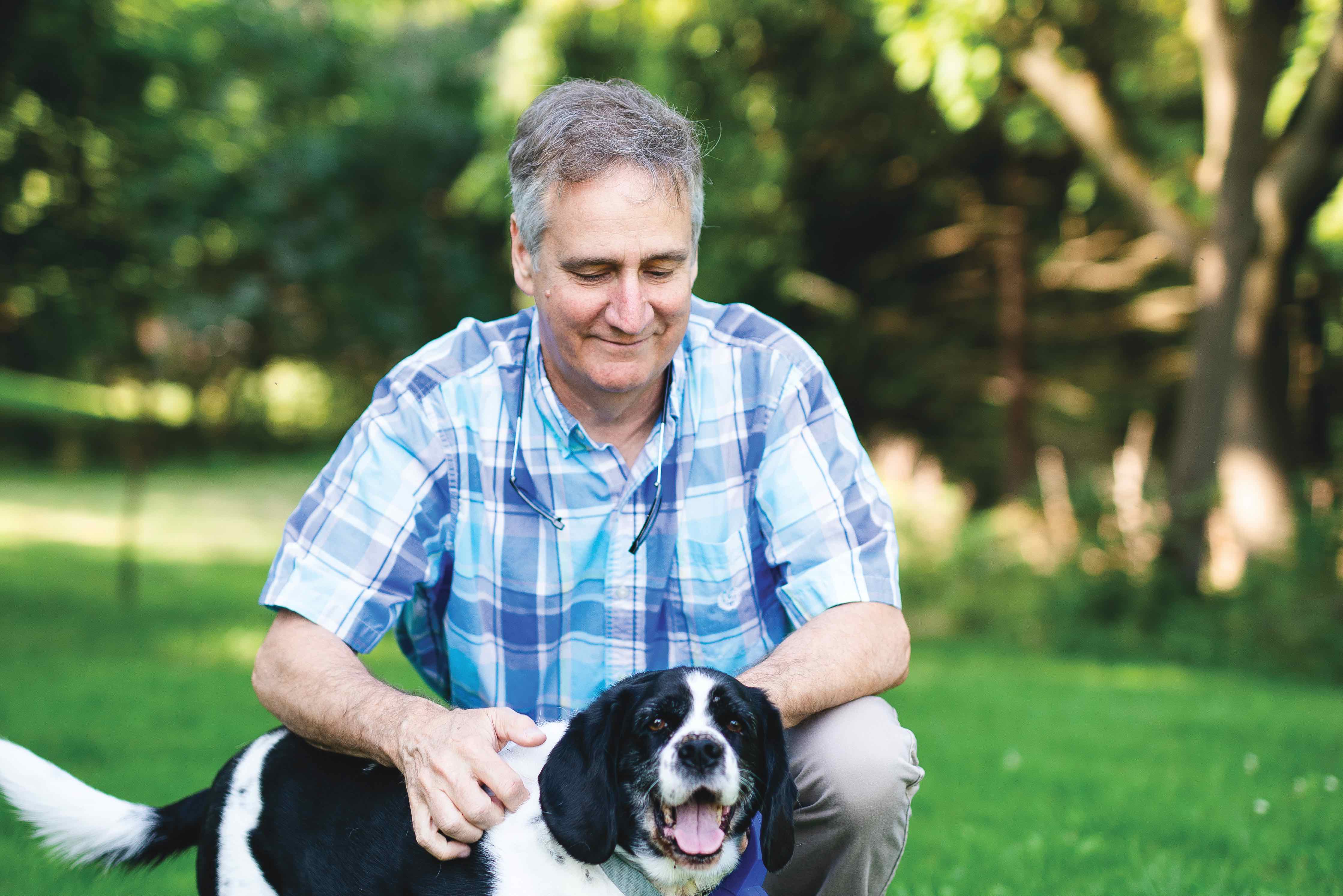
How long have you served as director of the Baker Institute for Animal Health?
About 10 months.
What are Baker’s biggest strengths? What is it known for?
We’ve had a number of important discoveries, but historically, Baker is probably best known for its role in developing vaccines for canine infectious hepatitis, distemper and parvovirus.
More recently, we have developed DNA tests for inherited eye diseases in dogs and successful gene therapy treatment for canine blindness. We’ve also made key contributions to sequencing the canine and equine genomes, and in 2015 we were the first to perform in vitro fertilization (IVF) in dogs.
One of the biggest strengths of the institute is our ability to use cutting-edge technologies to carry out basic research in animal and human health, and then apply the knowledge gained from this research toward the development of new diagnostics and treatments for companion animal diseases.
What are some of the most exciting/impactful discoveries or changes you’ve seen in your time with the institute?
For me, probably the most exciting discovery was the birth of the first IVF puppies in 2015, which was carried out in Dr. Alexander Travis’ lab. Scientists struggled for over 40 years to optimize canine gametes for IVF without luck. The Travis lab worked for several years to figure out these issues and finally had the breakthrough in 2015. This discovery now paves the way for better conservation practices in endangered wild canine species and allows for new studies of genetic disorders in dogs.
What are your biggest tasks as director? Which ones keep you motivated?
My most frequent daily duties include working with our administrative staff and with the college’s communications and development teams to get the word out to the pet-loving public and supporters about the institute. I also work closely with our advisory council members to ensure that we stay true to our mission and move forward in the right direction. I also spend a good amount of time working with our faculty and staff to make sure everyone has what they need to keep their research programs functioning at full capacity.
Perhaps the main thing about Baker that is motivating is our amazing team of faculty, staff and trainees. We’re a close-knit community and enjoy working together, making this a great place to work.
What changes are on the horizon for the institute?
Right now, I think we’re in a good position to keep our labs productive for years to come. On the horizon, next year, we’ll celebrate our 70th anniversary, and we’re currently making plans to mark this important milestone.
Clinical Sciences
Margaret McEntee, D.V.M. '86
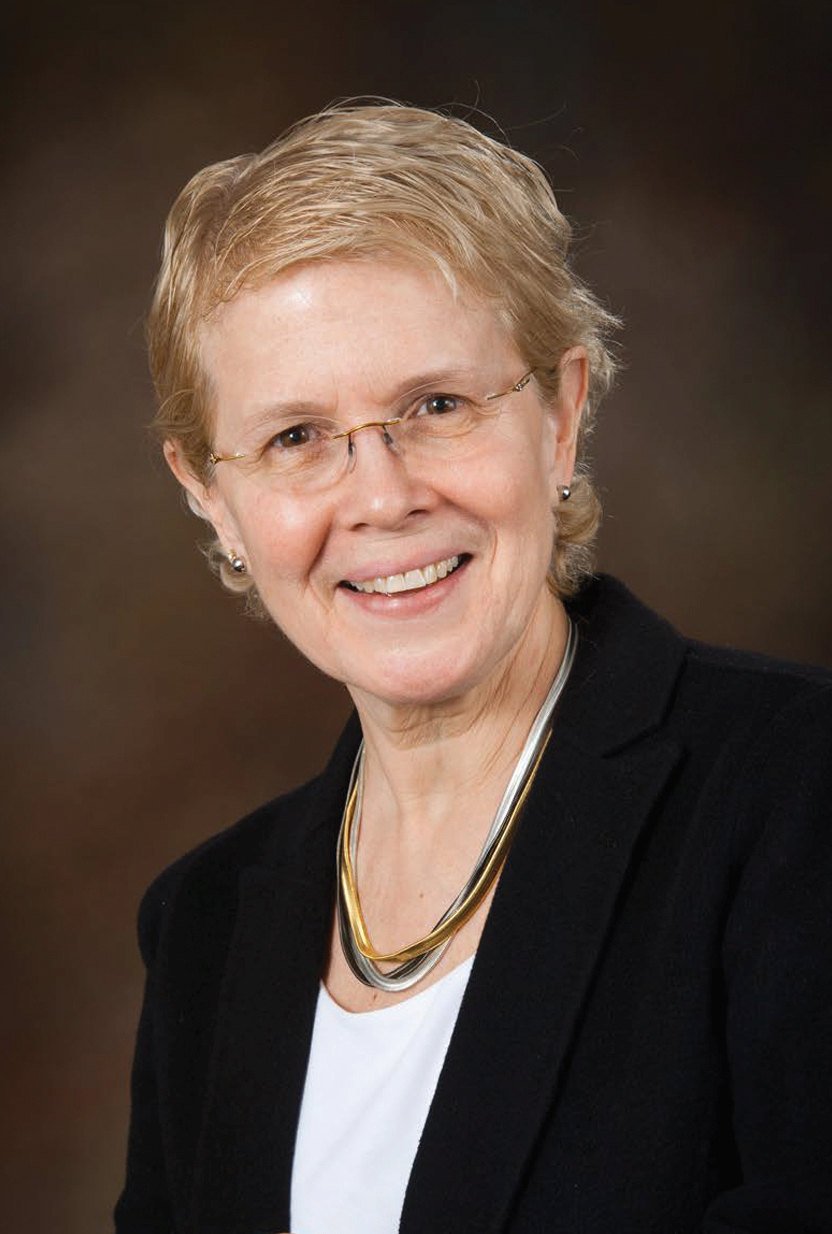
How long have you served as chair of your department?
It will be 10 years in 2020.
What are your department's biggest strengths? What is it known for?
The Department of Clinical Sciences (DCS) is the largest of the five academic departments and consists of 76 faculty members.
Although no single department carries the sole responsibility for teaching in any one of the seven interdisciplinary foundation courses, DCS has major responsibilities in their organization, providing leadership and instructional resources. When it comes to research, we are committed to advancing the health and wellbeing of animals through individual research projects. This is done through collaborative opportunities within the department, across the university and with outside entities.
We provide excellent clinical service to the profession and community. The faculty and residents of DCS are responsible for 19 specialty services in Ithaca and beyond. In addition, we run a veterinary genetics and reproduction service through our biobank program.
What are some of the most exciting/impactful discoveries or changes you’ve seen in your time with the department?
The growth of our department has been exciting and impactful. Since I have been here, we have opened up the new Sections of Sports Medicine and Rehabilitation and Primary Care Surgery while increasing the number of faculty in a variety of services. We have expanded the Cornell Veterinary Biobank to become a college-wide, accredited resource.
We are in the process of purchasing a new linear accelerator, which will allow us the ability to be more precise in our treatments. Our educational program is always evolving with more modern techniques. Faculty continue to conduct cutting-edge research both here and in collaboration with researchers throughout the world.
What are your biggest tasks as chair? Which ones keep you motivated?
A significant portion of my time is spent in hiring, reappointing and promoting faculty members in the department. Recently, we have had a number of faculty members retire or start making retirement plans, and I appreciate the opportunity to help them with this transition. Additionally, substantial support of departmental activities is provided by the three associate department chairs who have all been instrumental in their respective areas.
Supporting faculty members in any way I can motivates me. It is particularly rewarding to nominate faculty members for various awards and seeing them recognized for their accomplishments.
What changes are on the horizon for the department?
There is a search underway for the next chair of the department, and I look forward to seeing what a new academic leader will bring to the department for the benefit of us all.
Population Medicine and Diagnostic Sciences
Dr. Bettina Wagner
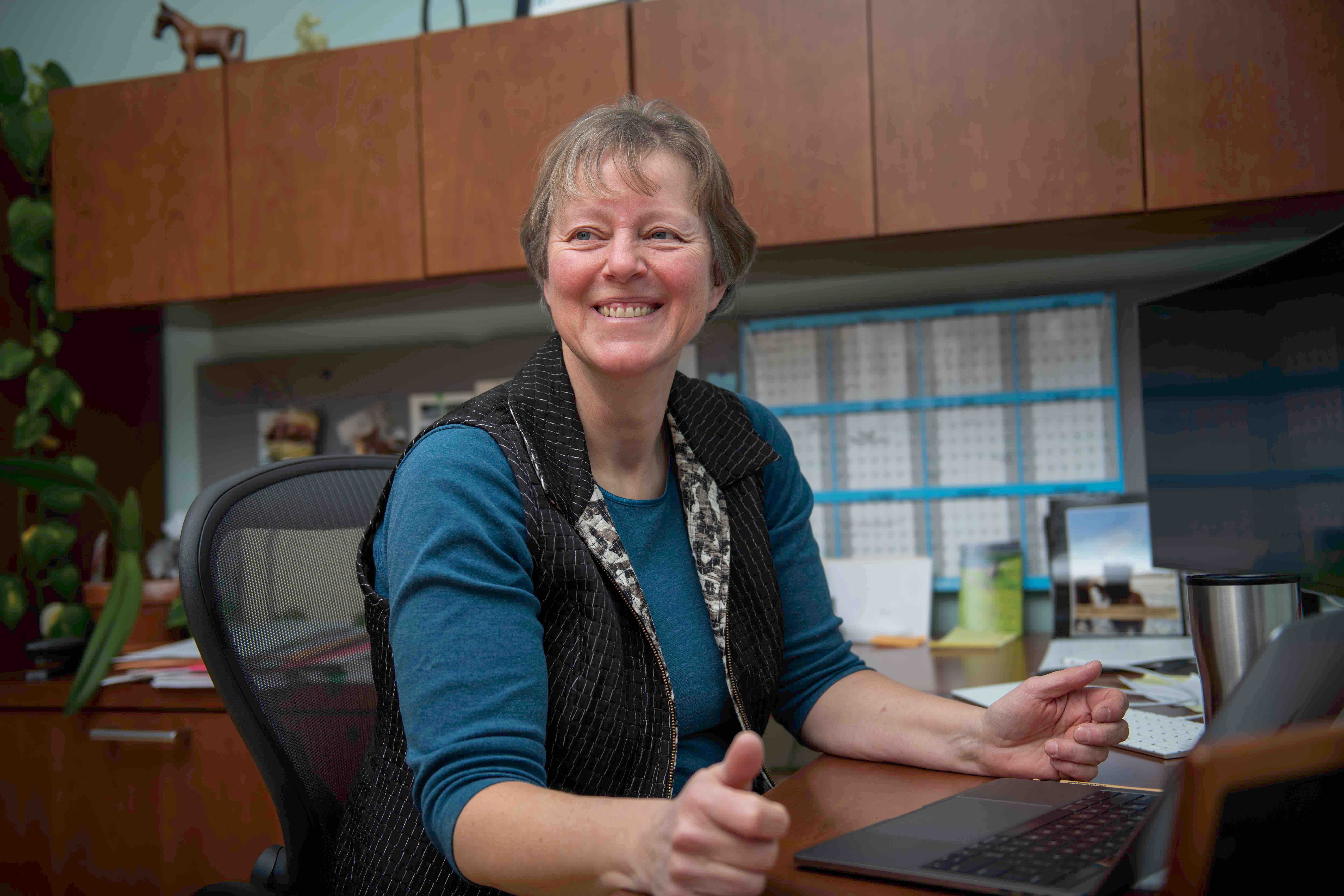
How long have you served as chair of your department?
For almost two years.
What are you department’s biggest strengths? What is it known for?
The Department of Population Medicine and Diagnostic Sciences (PMDS) is a very diverse department covering a broad range of clinical and diagnostic disciplines and scholarly activities in epidemiology, ambulatory and production medicine, infectious and non-infectious diseases, shelter medicine, wildlife health, and public health. The department has 65 faculty members, many of whom are nationally and internationally recognized leaders in their fields. PMDS is the departmental home for most faculty at the Animal Health Diagnostic Center (AHDC) and the Master of Public Health Program.
What are some of the most exciting/impactful discoveries or changes you’ve seen in your department?
There are many, but several key ones include our footprint on antimicrobial resistance; discoveries in veterinary diagnostics; excellence in epidemiology, dairy sciences and infectious diseases; and national and international engagement in public health and wildlife and shelter medicine.
What are your biggest tasks as department chair? Which ones keep you motivated?
As department chair of PMDS, I’m supporting a large number of faculty. This wouldn’t be possible without the AHDC director, Dr. François Elvinger; the departmental manager, Kim Potter; and our other administrative staff. I consider working with excellent faculty with amazing ideas and projects as the most enjoyable and motivating aspect of my position.
In addition, PMDS has several talented and engaged junior faculty, and it is a real pleasure to support their careers and see them advance. Hiring new rising stars to join our faculty is another exciting part of my department chair job. PMDS also has an exceptional administrative team. Working as part of it is a real privilege.
In addition to the department chair duties, I still enjoy keeping my research program in equine immunology running. My group works on host immunity against equine herpesvirus type 1 and allergic diseases. Running a federally-funded research program myself makes me always aware of what it takes our faculty members to establish and maintain successful research groups in a competitive funding environment.
What changes are on the horizon for the department?
PMDS is currently performing searches for new faculty member in five disciplines. The renovations in Schurman Hall are providing the department with newly renovated laboratory and office spaces. When the renovations are complete, the department will have a new, common footprint for many of their research and service activities on the first floor of Schurman Hall.


